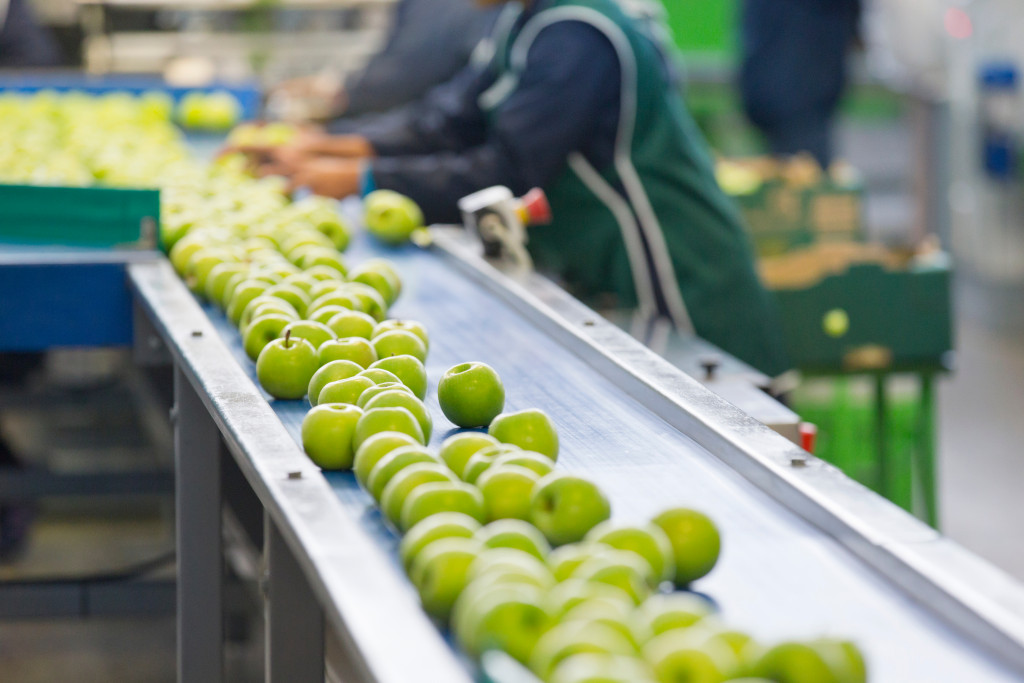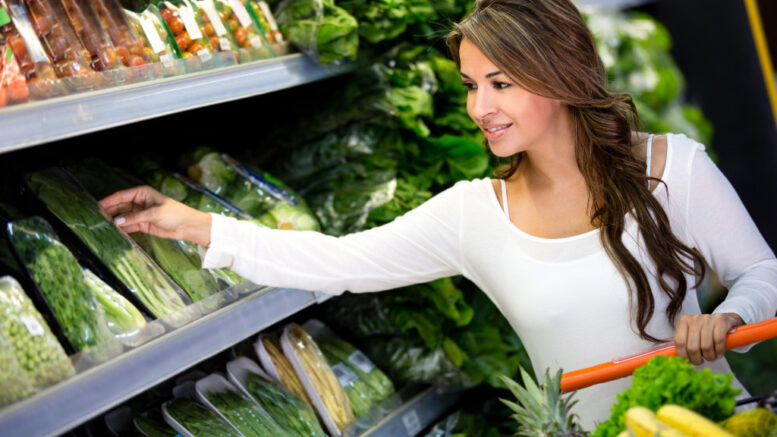Supermarkets sell various products that most people use or consume. You can find anything in a supermarket, from bath essentials to cleaning stuff. However, one of the most important things that supermarkets offer is food.
According to statistics, most food products are the top-selling items in any supermarket. This is not surprising, considering that people need to eat to survive. That’s why stores make sure to stock up on food items. And a lot of those products are fresh produce.
Fresh produce includes fruits, vegetables, and herbs generally sold in raw form. These items are usually perishable, meaning they can go bad quickly if not stored properly. The journey of fresh produce from farm to store is long, with several steps along the way. Let’s look at how fresh produce ends up in the supermarket.
1. Farms
This is where it all begins. Fruits, vegetables, and herbs are grown on farms worldwide. The process of fresh farming produce can vary depending on the type of crop. It also depends on the farm’s location and climate.
There are different types of farm systems. Some use traditional methods, while others have adopted modern techniques. For example, some farmers may still use manual labor to plant and harvest their crops. Some would grow their produce in greenhouses to protect them from harsh weather conditions.
The most important thing is that the product is healthy and free from pests or diseases. That’s because fresh produce is generally eaten raw. This means that any harmful chemicals or toxins can be transferred to the person consuming them. Starting with healthy crops is crucial to ensuring the quality of the produce.
2. Processing Plants
After the crops are harvested, they are brought to processing plants. Here, the product is cleaned and sorted according to quality. The damaged or discolored fruits and vegetables are usually set aside and sold at a lower price.
Processing plants are important because they help prolong fresh produce’s shelf life. For example, farms may treat some crops with chemicals to prevent them from ripening too quickly. Others may be dipped in a solution to kill any bacteria that may be present.
The process of cleaning and sorting the product also helps to remove any dirt or debris that may have been picked up during harvesting. This is important because it helps ensure the product is clean and safe for consumption.
The rest of the produce is then packed into boxes or bags. They are labeled with the crop type, the farm they came from, and other important information. The packed produce is then stored in coolers to keep them fresh.

3. Distribution Centers
The next stop is the distribution center. This is where the product is stored before it makes its way to its final destination, before hitting supermarket shelves. One function of the distribution center is to help reduce the product’s journey time. This helps to prolong its shelf life further.
The distribution center is also responsible for ensuring that the product is delivered to the right place at the right time. They coordinate with different farms, supermarkets, and other businesses to ensure a smooth flow of fresh produce.
The produce is then inspected again to check for quality. Any damaged or discolored items are removed and set aside. The product is then repacked and stored in coolers before being shipped out. Distribution centers often own heavy-duty trucks or refrigerated vans to ensure the product is delivered fresh and in good condition. This way, customers can be confident that they are getting the best quality product possible.
4. Supermarkets
The final stop is the supermarket. Here, the product is displayed for customers to see and purchase. The supermarket ensures that the product is fresh and of good quality. They inspect the product when it arrives and checks the expiry date.
The supermarket may also have a policy where they only sell products that are a certain number of days away from expiry. This helps to ensure that customers are only getting the freshest product possible. Understanding the expiration dates of fresh produce is essential for customers to make the best choices for their needs.
The supermarket also needs to make sure that the product is displayed appealingly. This means that it should be neatly arranged and properly labeled. The supermarket may also use special lighting or temperature-controlled displays to keep the product.
The journey from farm to store is long, but it’s vital to ensure that the produce is fresh when it finally reaches the supermarket. After all, people rely on supermarkets to provide them with fresh and healthy food.

Be the first to comment on "How Fresh Produce Ends up in the Supermarket in Their Best Form"